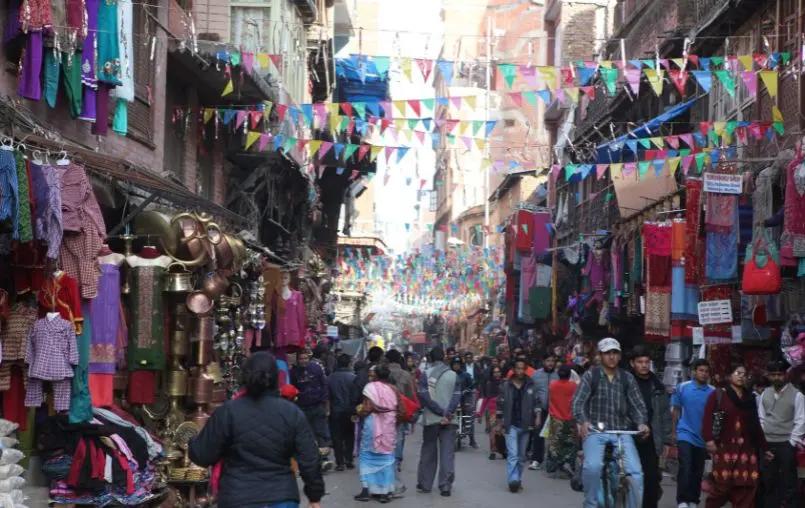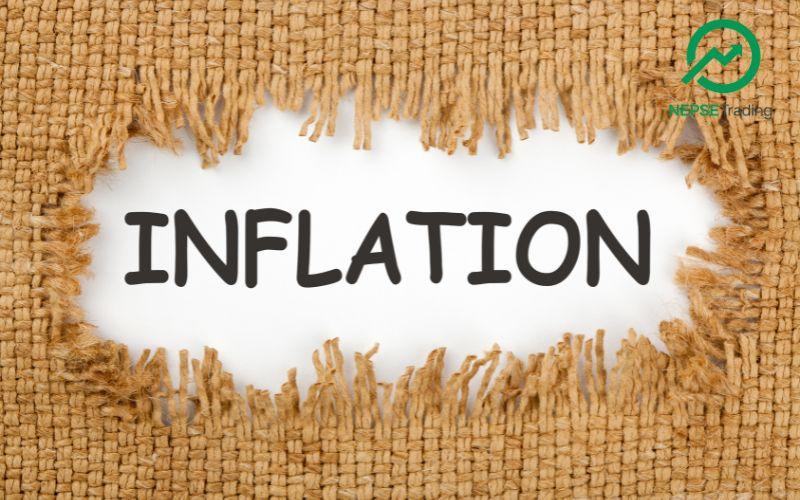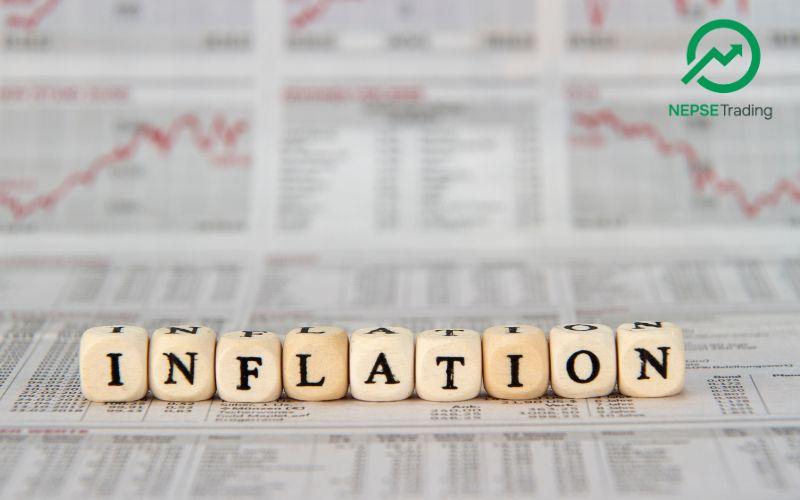By Dipesh Ghimire
Liquidity Surplus in Banking System Crosses NPR 1.1 Trillion as Credit Demand Remains Weak

Nepal’s banking system has accumulated an excess loanable fund of over NPR 1.1 trillion by the end of the first four months of the current fiscal year. Despite expectations of strong credit growth following the announcement of an expansionary budget and monetary policy, credit flow has remained stagnant, causing liquidity to pile up rapidly across banks and financial institutions (BFIs).
Remittance Surge Deepens Liquidity Buildup
Banks have been facing a persistent liquidity surplus for almost two and a half years. However, the situation intensified in recent months due to a sharp rise in remittance inflows, which has injected large volumes of cash into the financial system. According to bankers, the events of 23–24 Bhadra, which triggered economic uncertainty and slowed business activities, further weakened credit appetite among borrowers. As a result, deposits continued to rise even as loan expansion remained sluggish.
Deposits Up, But Lending Fails to Pick Up
As of 29 Kartik, total deposits in BFIs reached NPR 75.02 trillion, while the credit-to-deposit (CD) ratio stood at 74.31%. Under the Nepal Rastra Bank (NRB) policy framework, BFIs are allowed to extend credit up to 90% of total deposits. However, due to mandatory liquidity maintenance requirements—BFIs must hold 20% of deposits in liquid assets—banks can effectively lend up to 89% of deposits.
Based on these calculations, experts estimate that BFIs currently hold around NPR 1.037 trillion in excess loanable liquidity. This figure aligns with the earlier assessment that as of the end of Asar, the system had about NPR 1.112 trillion in surplus liquidity.
NRB Absorbing Liquidity Through Longer-Term Instruments
In response to the continuous liquidity buildup, the central bank has been actively withdrawing money from the market. While earlier interventions focused on short-term maturities (7, 17, and 21 days), NRB recently shifted to longer-term liquidity absorption, including 84-day and 175-day instruments. This suggests that the central bank does not expect liquidity pressures to ease anytime soon.
Just this week, NRB absorbed NPR 50 billion for 84 days, signaling continued caution and the need to stabilize excess liquidity before it distorts market conditions.
Credit Growth Far Below Targets
NRB had set a credit growth target of 12.5% for the previous fiscal year, requiring BFIs to expand lending by around NPR 682 billion. However, by the end of Asar, actual credit growth fell short by NPR 251 billion, reflecting weak demand throughout the economy.
For the current fiscal year, NRB has again set a 12% credit growth target, despite credit expansion remaining minimal. Until the end of Asoj, BFIs were able to increase lending by only NPR 82.93 billion, which is merely 1.5% higher than in the same period of the previous fiscal year. In contrast, deposit collection increased by 3%, adding NPR 218 billion to the banking system.
Low Interest Rates Failing to Boost Borrowing
Interest rates have dropped to their lowest levels in nearly 51 months, yet credit demand continues to underperform. Analysts note that businesses are still operating at less than half their capacity, and market demand has not recovered meaningfully. As economic activity remains weak, borrowers are hesitant to take new loans, regardless of lower interest costs.
This imbalance—falling demand for credit combined with rising remittance inflows—has resulted in one of the largest liquidity surpluses Nepal has seen in recent years.









